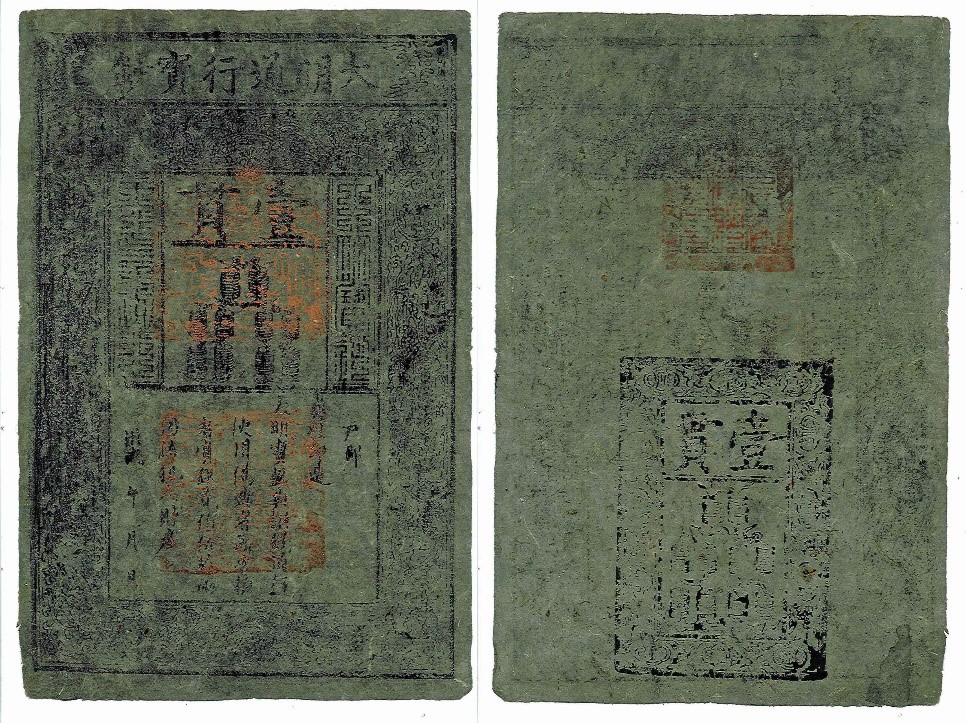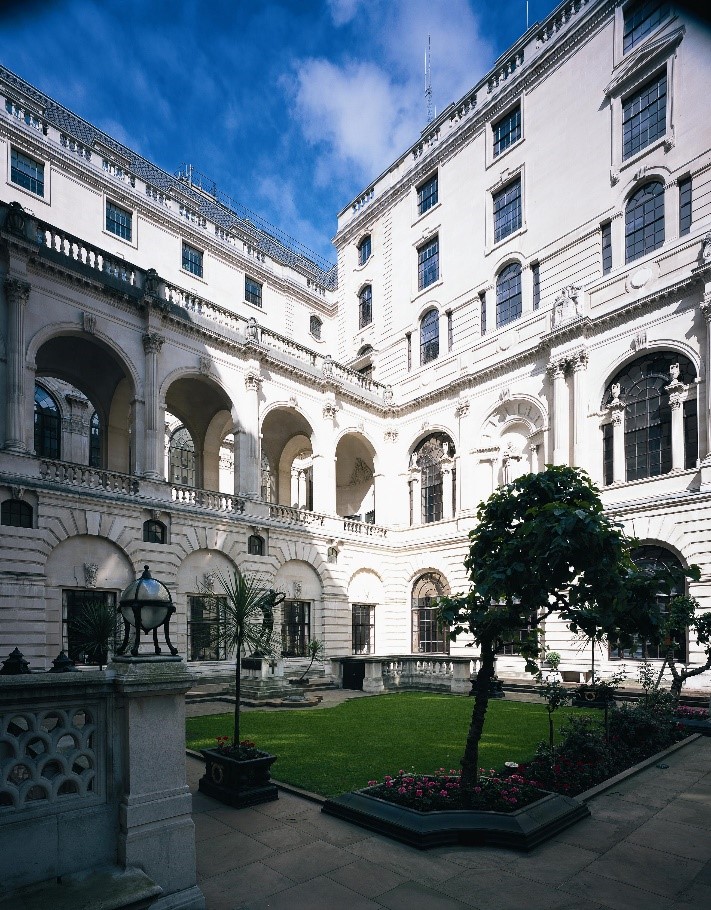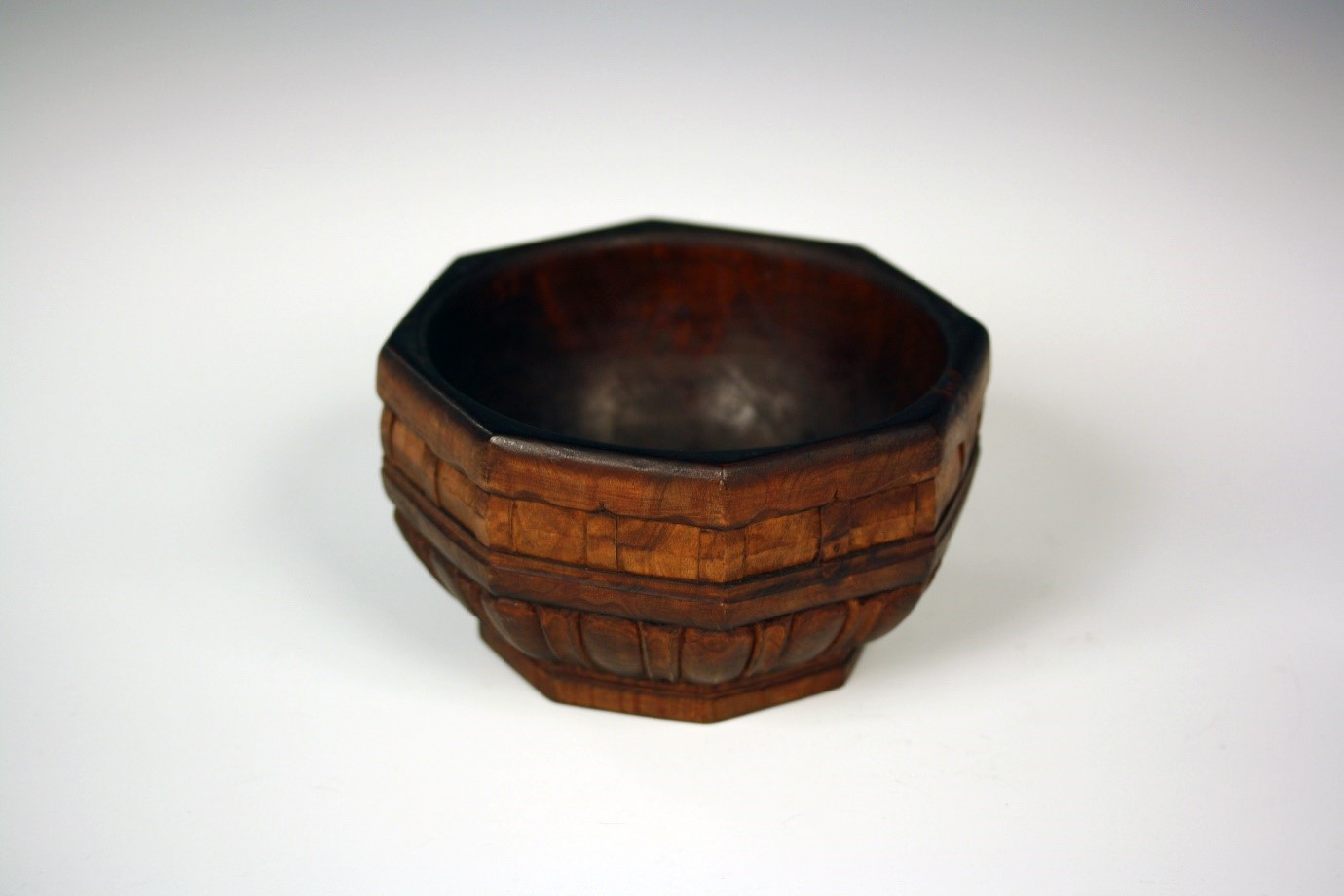The Bank of England has included famous faces on its banknotes since the late 1970s. But did you know one of the banknotes includes a famous tree?
From 1978 to 1988, Isaac Newton was on the back of the £1 banknote. Newton is best known as a mathematician and physicist who discovered and developed the laws of gravity and motion. His discovery of gravity in particular has made it into scientific legend. As the story goes, an apple fell on his head whilst he was sitting in the orchard of his home, Woolsthrope Manor, leading him to ask why things fall straight down and not up or sideways.
This tree is commemorated on the last £1 banknote ever issued by the Bank of England. Newton is shown seated, holding his book Philosophiae Naturalis Principia Mathematica (Mathematical Principals of Natural Philosophy) and above his head is apple blossom from the apple tree that made him famous.
It just goes to show that trees can be found in the most surprising of places and are written into the history of our cities and economy. If you want to learn more about urban trees and the economy, check out our online exhibition Picture the City, which looks at how green spaces such as Hampstead Heath protect our economy.




